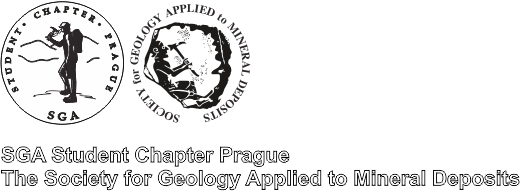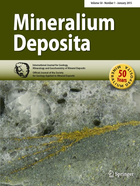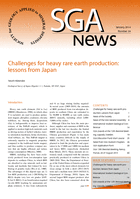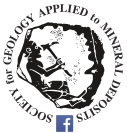Heritage Stone excursion to the Southwestern part of the Bohemian Massif
Eliška Bršlicová, Marek Tuhý, Rafael Baieta
SGA Student Chapter Prague, Faculty of Sciences, Charles University, Albertov 6, 128 43 Prague 2, Czech Republic; brslicoe@natur.cuni.cz
Photos album link: https://www.zonerama.com/SGA-Prague/Album/3956885
The 2017 autumn field trip organized by SGA Student Chapter Prague took its participants to some world-famous locations, such as Komorní Hůrka, Kössain, Stříbro and Kašperské Hory. Here, we saw the heritage stones of the southwestern region of the Bohemian Massif.
Day 1
We started the day with a visit to the Tis u Blatna quarry (Fig. 1), which is currently mined by GRANIO s.r.o. The special type of granite at this site is locally called “Czech Labradorite” due to its bluish hues that are caused by quartz. Afterwards we visited localities near Horní Slavkov with Sn-W-Mo-Cu-rich quartz veins. First locality Huberův peň used to be mined for Sn and W. The erlan mineralization allows for fairly large crystals of cassiterite to be found alongside wolframite, green and violet apatite, chalcopyrite, topaz, molybdenite and violet fluorite. The second locality in this area, Vysoký kámen, is a greisen-type deposit, where green spheroid chalcosiderite-turquoise chain minerals were formed during decomposition. Finally, we visited the Štenská u Teplé quarry, the only locality in Czech Republic where trachyte is mined.

Fig. 1: Tis u Blatna quarry. Photo by M. Vopat.
Day 2
In the morning, we arrived to Komorní Hůrka (Fig. 2), one of the youngest volcanoes in the Czech Republic, with its age being estimated between 200 000 and 1 million years. Kormorní Hůrka is a stratovolcano, with interchanging eruptions of basaltic lava flows and pyroclastic deposition, both tuff and volcanic bombs can be found at this locality. Afterwards we moved on to Marktredwitz (Fig. 3) where the highway cuts through an assortment of redwitz, from granodioritic to gabbroitic. The next point of interest was Blue Granite in Pfalzbrunnen quarry outside of Kössain. The granite here is being mined for 100 years and is prized for its porphyric structure and fine quality.
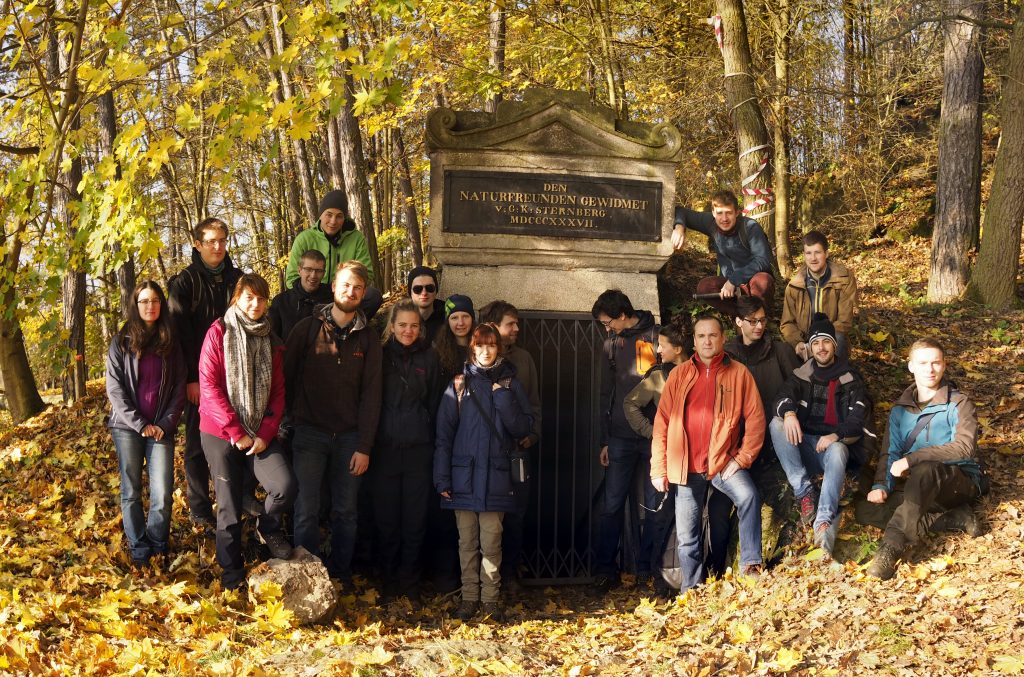
Fig. 2: Goethe’s adit for research purposes at Komorní Hůrka. Photo by M. Vopat.
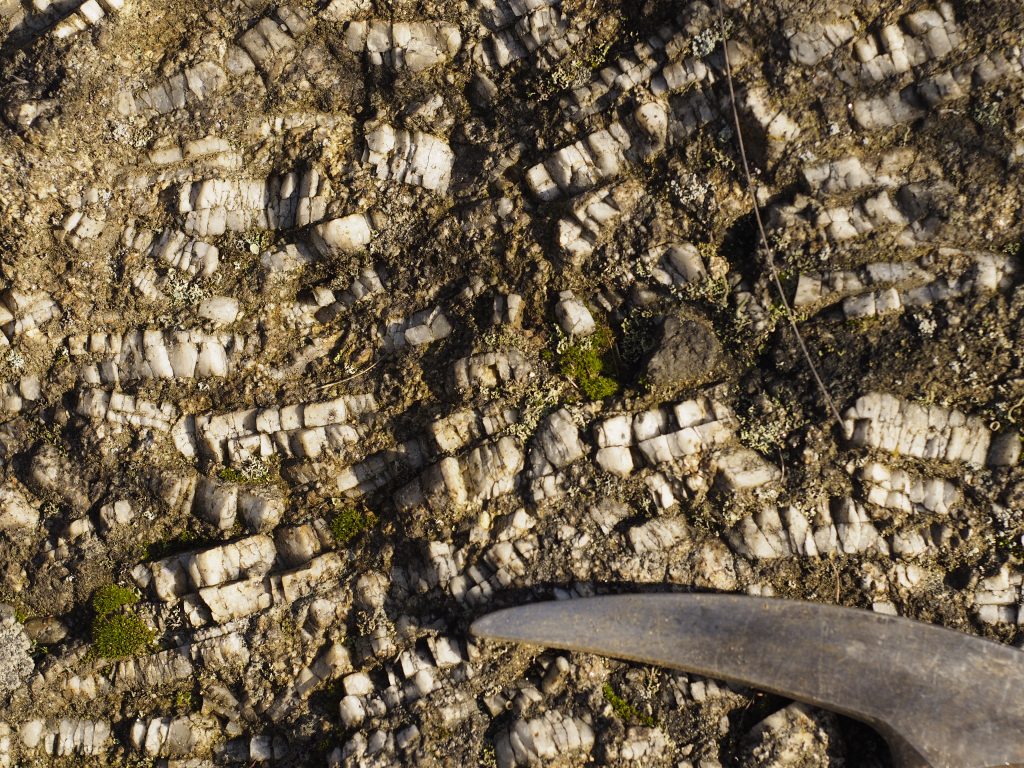
Fig. 3: Feldspars at Marktredwitz. Photo by M. Vopat.
Day 3
We visited Stříbro (Fig. 4), a famous Czech locality with Pb-Zn mineralization and a great history of mining. The first known document referring to the silver mines is from the 12th century. Silver was mined in this area throughout the Medieval ages, then around the 16th century, lead started being mainly mined. The veins contain multiple quartz generations along with galenite, sphalerite, pyrite with marcasite and occasionally chalcopyrite. Then, we moved to a uranium deposit Damětice. It used to be a small mining area. The upper part of the deposit is oxidized and its possible to find uranium micas such as uranocircite, autunite and torbernite while the lower deposit contain primary mineral uraninite. Later, we visited an old marble quarry in Nezdice na Šumavě. The marble in the lower part of the quarry has a beautiful sky-blue color and contains fine needles of wollastonite. We ended our day in Kašperské Hory, an area full of historical gold mines from the 10th and 14th century. The latest geological survey still shows deposits of gold with 5.6 ppm Au.
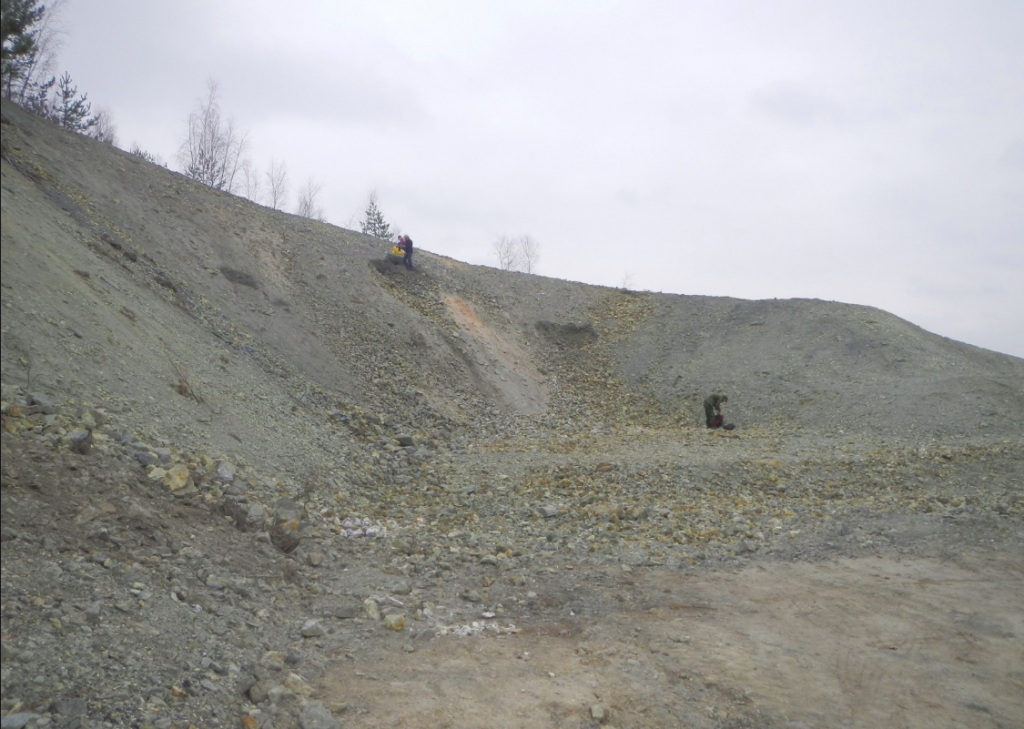
Fig. 4: Stříbro, heap from Pb-Zn mine. Photo by J. Mysliveček.
Day 4
We arrived early to Malenice (Fig.5), where we observed migmatite and paragneiss boulders containing almandines. Tetragonal trioctahedral and rhombic dodecahedral crystals can be found here or the combination of both. Than we explored the locality Sepekov and we found a group of hercynite spinel-rich rocks and varying content of phlogopite located on the contact of a gneiss-migmatite and tourmaline granite rock bodies. We ended our field trip in Krásná Hora nad Vltavou at an extensive mineralization of gold and antimonic veins stretching throughout the area. We searched around an old rock pile from the mine shaft Emilka consisting of red stained granite with antimony crystals and grains.

Fig. 5: Malenice, paragneiss containing almandines. Photo by D. Brém.

